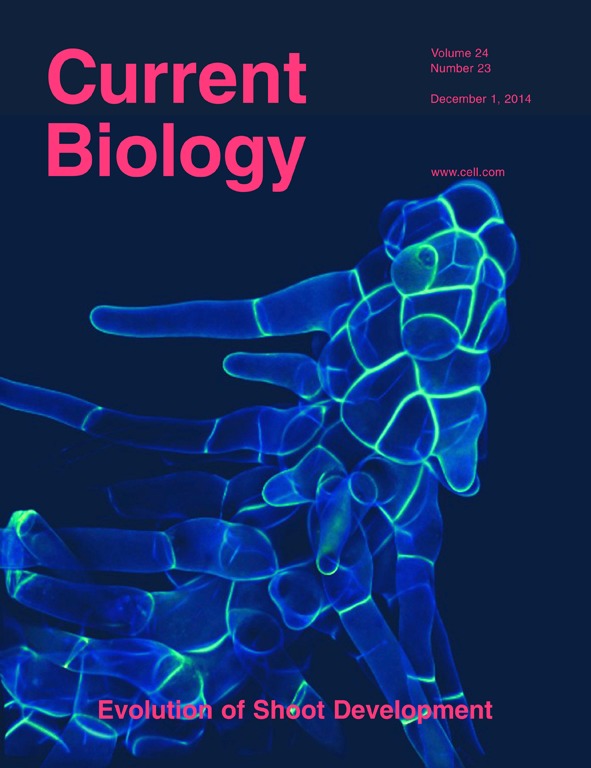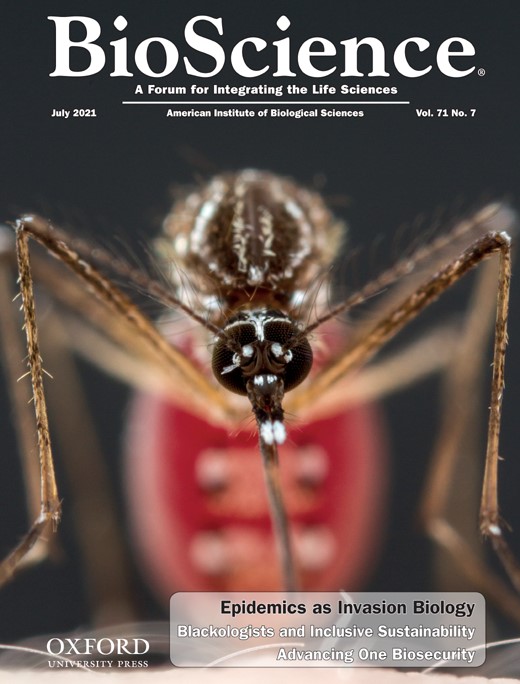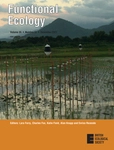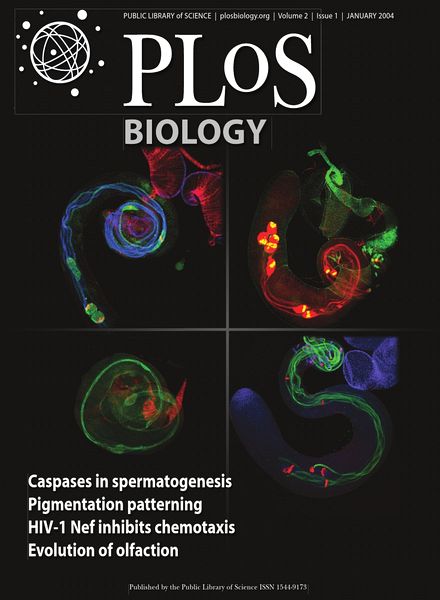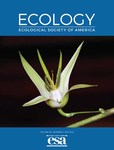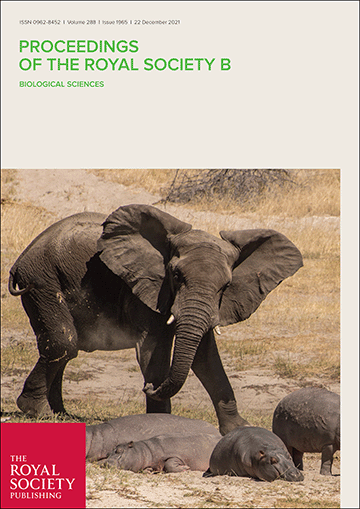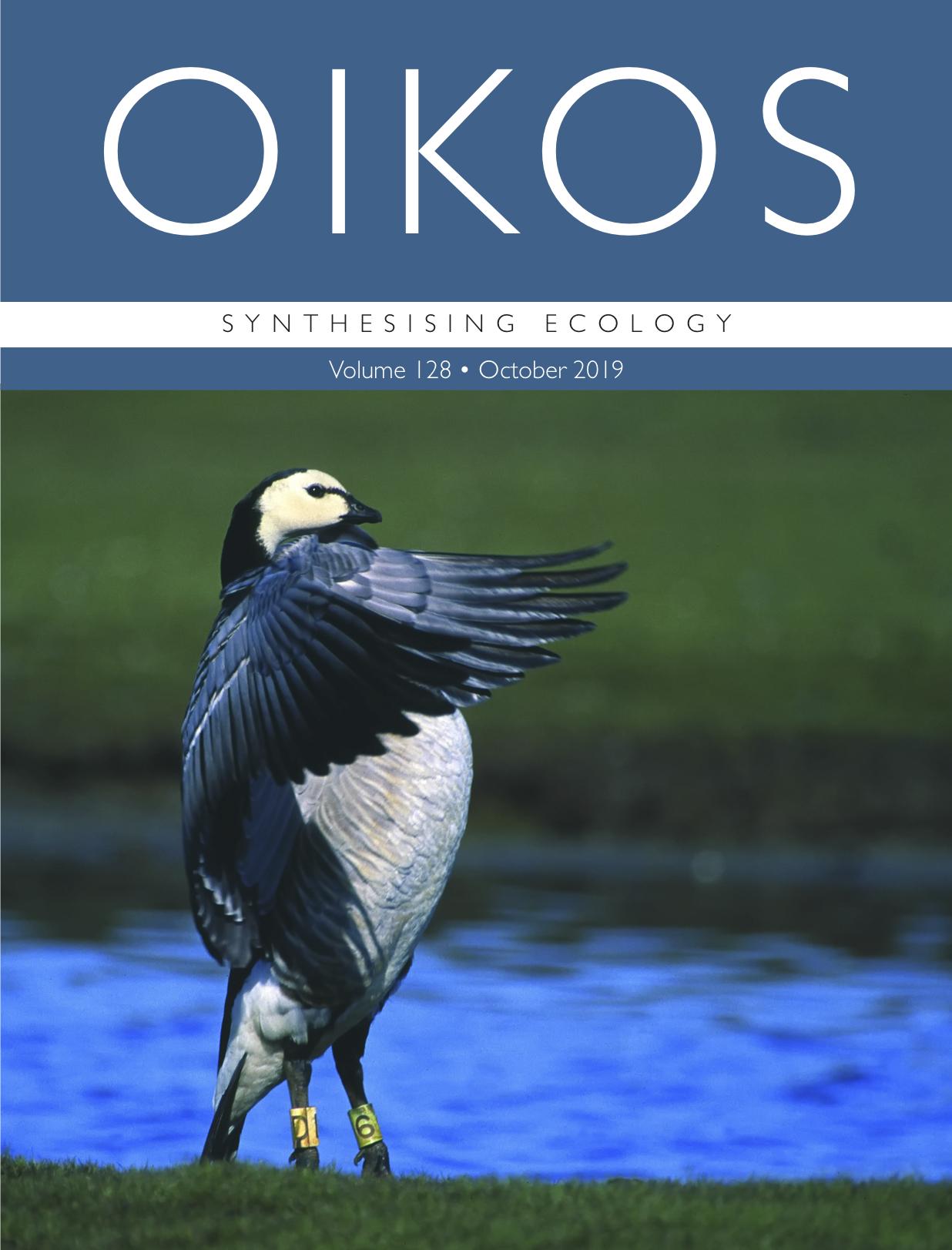- Programme area:1) Biodiversity in a Changing World

Assessing environmental gradients in relation to dark CO2 fixation in estuarine wetland microbiomes
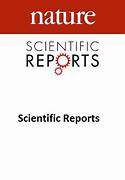
Globisporangium tabrizense sp. nov., Globisporangium mahabadense sp. nov., and Pythium bostanabadense sp. nov. (Oomycota), three new species from Iranian aquatic environments
Collective anti-predator escape manoeuvres through optimal attack and avoidance strategies
The research team investigated the predator-prey behaviour of striped marlins (Kajikia audax) and sardine shoals (Sardinops sagax caerulea) in the open ocean. Their findings reveal that individual prey in groups follows simple decision-making rules, which lead to complex, collective self-organized manoeuvers – and that this response is something predators can capitalize on.
A conceptual classification scheme of invasion science
Combining expert knowledge with literature analysis, this study developed a conceptual classification scheme of invasion science that allows to organize publications and data sets, guide future research, and identify knowledge gaps. The scheme features 5 major themes of invasion science that are divided into 10 broader research questions and linked to 39 major hypotheses of the field.
Evidence for a by-product mutualism in a group hunter depends on prey movement state
Why do animals hunt in groups? The authors have shown in a field study in the ocean off Mexico: the faster the prey school moves, the higher the capture rate of the striped marlin. This is because if the prey school is moving fast, individual prey fish are more likely to become isolated. These isolated fish are then easily caught by the non-attacking marlins, an advantage of group hunting.
Excess mortality of infected ectotherms induced by warming depends on pathogen kingdom and evolutionary history
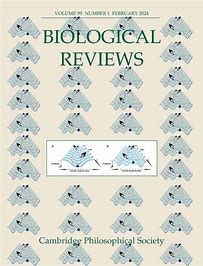
Taming the terminological tempest in invasion science
Eco-phenotypic feedback loops differ in multistressor environments
The authors investigated how density-trait feedback loops of two ciliate species differed along a temperature and salinity gradient. They found that stressful environments decouple the density-trait feedback loop of two ciliate species.
Rapid growth and the evolution of complete metamorphosis in insects
Insects undergo complete metamorphosis, rebuilding their bodies, such as the transition from caterpillar to chrysalis to butterfly. The authors wondered why this extreme lifestyle might have evolved. Combining growth data and mathematical modelling, they found that insects grow much faster if they can grow and build the adult body in two separate stages, rather than doing both continuously.


